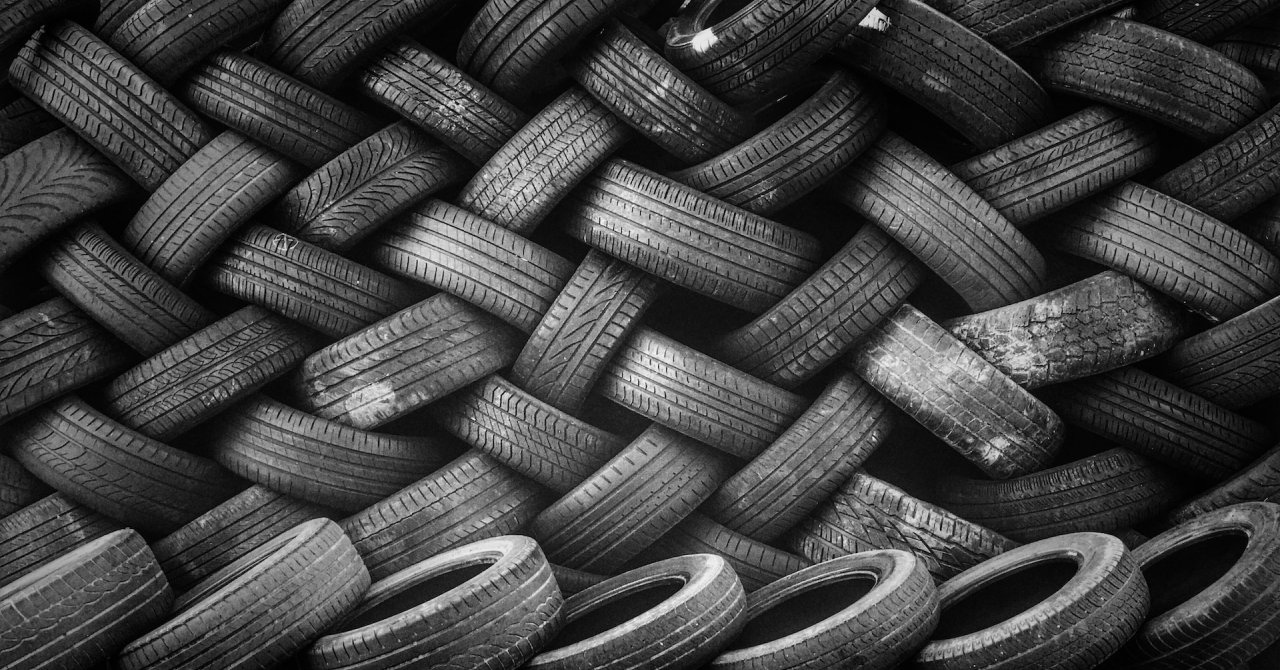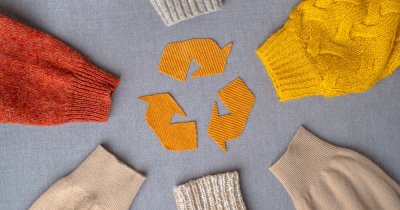How tires are made
Depending on the company that manufactures them, tires can be made from a variety of materials, some better quality than others and this can ultimately affect not only their lifecycle, but also how efficiently they can be recycled when they reach end-of-life status.
As per Michelin, one of the largest tire-making companies in the world, tire components fall into five groups:
- Natural rubber: the main component of the tread layers
- Synthetic rubber: part of the treads of car, van and 4x4 tires
- Carbon black and silica: used as a reinforcing agent to improve durability
- Metallic and textile reinforcement cables: the "skeleton" of the tire, forming the geometric shape and providing rigidity.
- Numerous chemical agents: for unique properties like low rolling resistance or ultra-high grip
While steel is often times used to improve the structural resistance of the tire, manufacturers don't use it all the time, since that would increase the cost significantly, especially for cost-effective alternatives. Synthetic fibers, such as nylon and polyester, are being used instead for these models, which makes the tire not as long-lasting.
Continental writes that chemicals are another important component of tires, which help with making synthetic rubber, a material that can often last longer and increase the grip, which in turn should mean better handling and stability for a vehicle.
Last, but not least, comes the actual rubber, which can be obtained from the rubber tree as a virgin source for high-quality tires.

How are tires recycled
Michelin estimates that car tire disposal leads to an annual amount of around 30 million tons of tires being replaced, which can potentially lead to serious environmental threats, if not recycled. This is because tires contain many artificial components, besides just the natural rubber, which is already treated with different chemicals to ensure that it can be safely used on a vehicle.
The French tire-making company estimates that around 88% of end-of-life tires are currently being collected, with the majority of them being recovered.
Recycling tires starts with separating the steel substructure from the actual rubber. For tires that don't contain actual steel, the reinforcing material (nylon, polyester) is being recovered and reprocessed into other materials.
The actual rubber is then being cut into smaller pieces, which can happen mechanically or cryogenically. Mechanical breaking is done by using grinding machines, which break the tires apart, while cryogenic breaking uses liquid nitrogen to freeze the tires, which are then being processed by hammer mills.
The tires are then treated with chemicals to create a sort of powder or granules, which can be used to make other rubber materials. Before it's put back into the economy, the generated powder is screened, to ensure that there are no contaminants that would affect the quality of the products.
Once the rubber's been cleared of any potential contaminants, it is being cleaned using water and chemicals, then packaged and sold to companies that want to turn it into useful new products.
What can we do with recycled tires
There are a number of things we could do with recycled tires, one of which being gravel substitutes for making new roads or highway embankments. Crumb rubber for things like rubberized asphalt, playground flooring of welcoming mats is another good use for used recycled tires.
Unused old tires are a great danger to the environment, but also to ourselves. For some reason, mosquitos love them, making piles of waste tires a good breeding ground for them, which in turn can have severe effects on our health. Additionally, snakes and rodents like to take cover in old tires, due to their shape.
As it is the case with any product that can be recycled, processing used tires is greatly beneficial for the environment and for ourselves, also, since we can make use of a valuable resource, while also preventing waste from accumulating in the environment.
 Mihai - Cristian Ioniță
Mihai - Cristian Ioniță












Any thoughts?